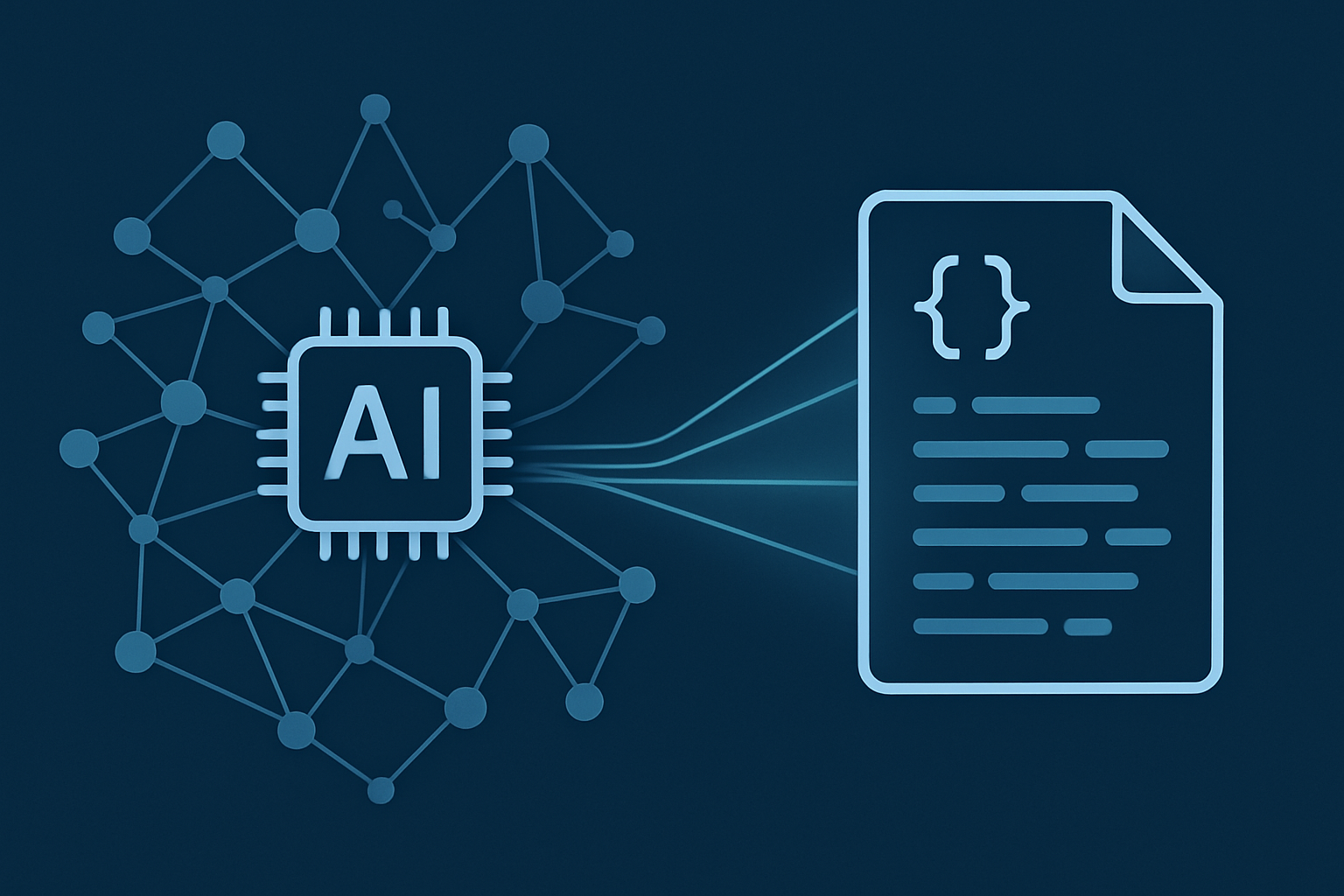When Code Writes Itself: What Vibe Coding Reveals About the Next Generation of Software Creation
Artificial intelligence has blurred the lines between human intent and machine execution. Once, building software required layers of requirements...
3 min read
 David Mantica
Oct 31, 2025 12:09:30 PM
David Mantica
Oct 31, 2025 12:09:30 PM

Conflict is often described as a monster in the workplace — unpredictable, intimidating, and best avoided. But as communication expert Tommy Re explained in a recent conversation with me, conflict isn’t inherently destructive. In fact, when handled well, it’s one of the most valuable drivers of innovation, trust, and team growth.
The problem isn’t conflict itself — it’s how we respond to it.
Conflict arises any time two people have differing goals, values, or priorities. In other words, it’s inevitable. Whether in team meetings, cross-departmental projects, or leadership discussions, disagreement is a natural part of progress.
What turns conflict toxic is the use of dysfunctional strategies — defensiveness, avoidance, or aggression — rather than the conflict itself. When handled productively, disagreement can strengthen relationships, clarify goals, and surface better solutions. As Tommy put it, “If everyone agreed with you all the time, you’d never make the best decisions possible.”
In organizational life, conflict typically appears in four domains:
Facts and Information: People may hold partial or conflicting data. Confirmation bias and incomplete context can distort reality.
Methods: Teams may agree on goals but differ on how to achieve them.
Goals: Departments often compete for limited resources or prioritize outcomes differently (sales vs. operations being the classic example).
Values: These are the deepest and most difficult disagreements. Value conflicts touch on identity, ethics, and purpose — and often require empathy and reflection to address.
When leaders and team members understand which dimension they’re operating in, they can choose a more effective resolution strategy.
The ability to see from another’s point of view is one of the most powerful ways to defuse tension.
Tommy calls this perspectives analysis — the deliberate act of asking:
What might this person’s goal or fear be?
What information might they be missing?
How might their experience shape how they see this issue?
Perspective-taking doesn’t mean agreeing. It means creating enough psychological space to explore the other person’s reasoning. Teams that practice this regularly build empathy, strengthen trust, and find creative solutions faster.
Conflict triggers emotion because it often threatens something important: our sense of certainty, status, or belonging. The brain interprets that as a potential threat, which can activate a fight, flight, or freeze response.
The key to overcoming that reaction is awareness and time. When emotions rise, it helps to:
Pause before responding.
Delay the meeting or reply until calmer judgment returns.
Use breathing or reflection techniques to regulate your state.
Waiting allows the rational brain to reengage — turning protection into problem-solving.
One of the most useful frameworks for managing conflict is the Thomas-Kilmann Conflict Mode Instrument (TKI), which maps five ways of responding:
| Mode | Description | When It’s Useful |
|---|---|---|
| Avoiding | Low cooperation, low assertiveness | When issues are minor or tempers are high — a temporary pause, not permanent avoidance |
| Accommodating | High cooperation, low assertiveness | When maintaining relationships is more important than winning the point |
| Compromising | Moderate cooperation and assertiveness | When both sides must give a little to move forward |
| Competing | Low cooperation, high assertiveness | When quick, decisive action is needed (rare in collaborative teams) |
| Collaborating | High cooperation, high assertiveness | The ideal mode for solving complex, interdependent problems |
The healthiest teams learn to move fluidly among these modes — choosing their response intentionally rather than reacting emotionally.
In modern organizations, hierarchy alone can’t resolve conflict. Flat structures, agile teams, and cross-functional projects require people to work issues out themselves.
Managers play a vital role by:
Modeling calm, constructive communication.
Encouraging direct dialogue between team members.
Fostering psychological safety so people can express dissent respectfully.
Teaching conflict skills as part of leadership development.
As Tommy noted, “Conflict is big — but it can be productive. If we learn the skills, apply them, and do some self-reflection, we can make it work for us.”
Avoiding conflict may feel safe in the short term, but it limits learning, weakens teams, and erodes trust. Productive conflict requires courage — the willingness to listen, empathize, and stay in the conversation long enough to find common ground.
For leaders, developing that skill is no longer optional. In an adaptive, collaborative world, it’s one of the most essential capabilities for success.
Interested in our courses, webinars, or corporate training solutions?
Send us a message and a member of our team will get back to you shortly.

Artificial intelligence has blurred the lines between human intent and machine execution. Once, building software required layers of requirements...

When OpenAI announced that ChatGPT would begin supporting a new Apps SDK built on the Model Context Protocol (MCP), the developer and business...

The modern enterprise runs on complex systems, cross-functional initiatives, and constant change. In that landscape, the Technical Program Manager...